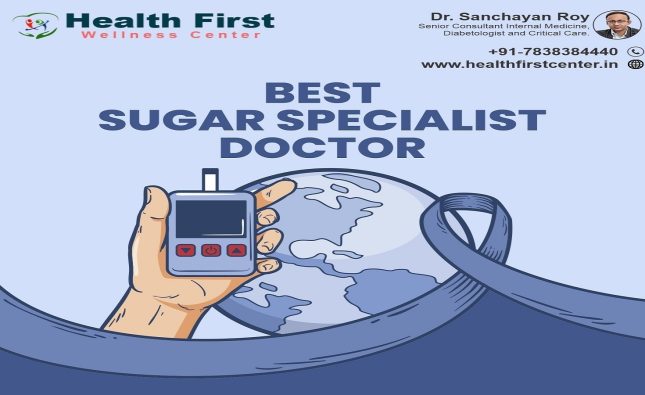
As we age, our bodies and nutritional needs change. Eating a healthy diet becomes more important than ever to maintain optimal health and prevent chronic illnesses. However, eating nutritious foods on a budget can be challenging for many seniors. But fear not, because there are affordable ways to incorporate wholesome foods into your diet! In this blog post, we will explore the world of healthy aging and provide you with tips on choosing the right foods as well as preparing delicious meals without breaking the bank. So let’s dive in!
What is Healthy Aging?
Healthy aging refers to the process of growing older while maintaining good physical and mental health. It’s all about making smart lifestyle choices that promote well-being, such as exercising regularly, getting enough sleep, managing stress levels, and eating a nutritious diet.
As we age, our bodies undergo changes that can affect our nutritional needs. For example, our metabolism slows down and we may require fewer calories than when we were younger. Additionally, certain nutrients become more important for maintaining optimal health.
Eating a healthy diet is essential for healthy aging because it provides the necessary vitamins and minerals needed to support bodily functions. A balanced diet should include plenty of fruits and vegetables, lean proteins such as fish or chicken breast without skin on them), whole grains like brown rice or quinoa (rather than white bread or pasta), nuts/seeds/legumes if possible since they are high in fiber which helps lower cholesterol levels by binding bile acids within your intestines so they don’t get reabsorbed into circulation where they could contribute to plaque build-up in arteries over time.
Healthy aging involves taking care of yourself both physically and mentally. By making smart choices about what you eat and how you live your life every day – you can enjoy many years of vitality!
The Anatomy of a Food Group
A food group is a collection of foods that share similar nutritional properties. The five main food groups are fruits, vegetables, grains, protein foods, and dairy products. Each food group plays an essential role in maintaining good health.
Fruits and vegetables provide vitamins, minerals, and fiber that help prevent chronic diseases such as heart disease and cancer. Whole grains such as brown rice and quinoa also offer fiber along with carbohydrates for energy.
Protein-rich foods like meat or beans supply amino acids which build muscle tissue while contributing to the growth of healthy hair and nails. Dairy products like milk or yogurt contain calcium that strengthens bones.
It’s important to include a variety of different types within each food group to ensure you’re getting all the necessary nutrients your body needs. For example, within the vegetable group choose dark leafy greens like spinach or cruciferous veggies like broccoli alongside starchy options such as potatoes for balance.
Incorporating these various food groups into your diet can be easy by following meal-planning guides from reputable sources such as MyPlate.gov which suggests filling half your plate with fruits & veggies followed by whole-grains then lean proteins paired with low-fat dairy choices when possible.
How to Choose the Right Foods for Healthy Aging
As we age, it becomes more important to pay attention to the types of foods we consume. Choosing the right foods can help us maintain a healthy weight, improve our immune system, and reduce our risk of chronic diseases.
To start, prioritize whole foods over processed ones. Vegetables and fruits should make up the bulk of your meals since they are packed with essential vitamins and minerals. Opt for colorful produce as different colors indicate different nutrients.
Include lean protein sources such as fish, poultry, beans, lentils or tofu in your diet since protein helps maintain muscle mass which declines with age. Whole grains like brown rice or quinoa are also beneficial due to their fiber content that reduces cholesterol levels.
When choosing fats go for monounsaturated and polyunsaturated varieties found in nuts seeds avocados olive oil fatty fish etc) rather than saturated (found in red meat butter cream cheese).
Finally aim for variety – incorporating plenty of different food groups on a regular basis will ensure you’re getting all the nutrients you need for optimal health as well as keep things interesting at meal times!
Tips for Preparing Nutritious Meals on a Budget
Eating healthily doesn’t have to be expensive. By following these tips, you can prepare nutritious meals on a budget.
Firstly, plan your meals in advance. This way you can make a list of exactly what ingredients you need and avoid buying unnecessary items. Look for recipes that use similar ingredients so that you can buy them in bulk and save money.
Another great tip is to buy frozen fruits and vegetables which are just as nutritious as fresh ones but often cheaper. You could also try buying canned or dried versions of beans, lentils and chickpeas which are a good source of protein and much cheaper than meat.
When shopping for groceries, it’s important to compare prices across different brands and stores to find the best deals. Consider buying generic or store-brand products instead of name brands as they are usually cheaper but still offer the same nutritional value.
Get creative with leftovers! Instead of throwing away food that’s about to expire or has been cooked already, repurpose it into new dishes such as soups, stews or stir-fries. This will not only save money but also reduce food waste.
By implementing these simple tips into your grocery shopping routine, eating healthily on a budget is totally achievable!
Conclusion
By incorporating nutritious foods into your diet, you can help promote healthy aging on a budget. With these tips, you can make smart choices when selecting foods and preparing meals while staying within your budget. Remember to choose fresh fruits and vegetables, lean proteins, whole grains, and low-fat dairy products. Don’t be afraid to try new recipes or experiment with different ingredients to keep things interesting.
As we age, our bodies require more nutrients to stay healthy and strong. By making small changes in your eating habits and lifestyle choices today, you can help ensure a healthier tomorrow. So start by taking control of your nutrition now so that you can enjoy the benefits of healthy aging for years to come!









